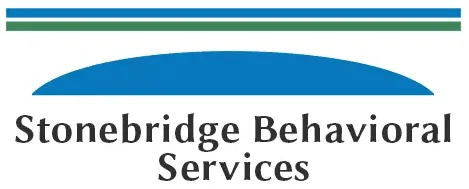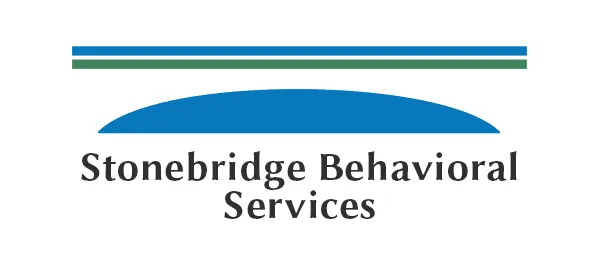OPEN ENROLLMENT FOR 2-5 YEAR OLD’s DAY PROGRAM! Call Today! 508.287.8692
Who We Serve
Age groups and services provided include:
Early Childhood (18 months-5 years)
- Intensive, comprehensive ABA is often the recommended approach for young children. This involves a high number of direct treatment hours per week, often 30-40. It focuses on establishing foundational skills, such as communication, social interaction, self-management, and daily living skills. Early intervention is crucial to improve developmental trajectories, and to reduce the likelihood of additional disabilities. Treatment may occur in a structured setting, like the home or clinic, and can later transition to natural environments.
- Treatment should start as soon as possible after diagnosis, and in some cases, services are warranted prior to diagnosis.
- Focused ABA may also be used to target a limited number of specific skills critical for health, safety, inclusion and independence.
Pre-Adolescence (5-10 years)
- Both focused and comprehensive ABA approaches are appropriate.
- Treatment plans emphasize developing more complex skills such as academic readiness and social skills.
- Social skills groups can be beneficial to support the generalization of skills outside of 1:1 sessions.
- Treatment may be delivered in multiple settings, as needed.
Adolescence (10-16 years)
- Comprehensive ABA may still be necessary for those with significant skill deficits or maladaptive behaviors.
- Treatment should address increased social demands and could include skills such as self-management and coping skills.
- Treatment may occur in structured settings and natural environments, such as centers, the home, or the community.
Young Adulthood (16+ years)
- Treatment focuses on preparing for greater independence, which could include vocational skills, community participation, and self-advocacy.
- Interpersonal relationship skills and emotional regulation are often targeted during this time.
- Treatment may be provided in various community settings.
- Treatment may be necessary to address lingering challenges as well as deficits that are more apparent during this stage of life.
- Comprehensive treatment programs may be required for those who engage in harmful and risky behaviors or who have substantial deficits in skills.
- Treatment should support the development of skills to enhance autonomy and independence, and to expand opportunities throughout the lifespan.
- Services can be provided in settings that maximize treatment outcomes, such as residential facilities, the home, or other vocational and educational settings.
Across all age groups, it is critical that:
- Treatment is individualized based on the patient’s unique needs and circumstances.
- Treatment is aligned with the core DSM-5 diagnostic criteria for autism spectrum disorder.
- Treatment plans should address any co-occurring conditions.
- Treatment plans must consider the family's needs, values, and cultural background.
- A variety of settings are appropriate for treatment, such as home, school, community, and clinic settings.
- Telehealth and hybrid models of treatment are also options for client/employee necessity and maximized service utilization.
- Caregiver involvement and training are essential components of successful treatment.
- Treatment includes planning for generalization and maintenance of skills.
- Treatment is based on data collected during assessments and ongoing skills monitoring.
This list is not exhaustive, and specific treatment plans will be developed by qualified professionals who can take into account the client’s specific needs.
Reach Out to Us
If you have any comments or questions, don’t hesitate to get in touch with us. You may also set up an appointment with us.
Get Started Today!
In-Home and Center-Based Evaluation and Treatment Available in Southeast Massachusetts
Phone:
(508) 287-8692
| Fax:
(508) 591-7886
Email:
gordon@stonebridgeaba.com
Stonebridge Center: 20 Winter St., Pembroke, MA 02359
Business Hours:
- Mon - Fri
- -
- Sat - Sun
- Closed
Content, including images, displayed on this website is protected by copyright laws. Downloading, republication, retransmission or reproduction of content on this website is strictly prohibited. Terms of Use
| Privacy Policy

